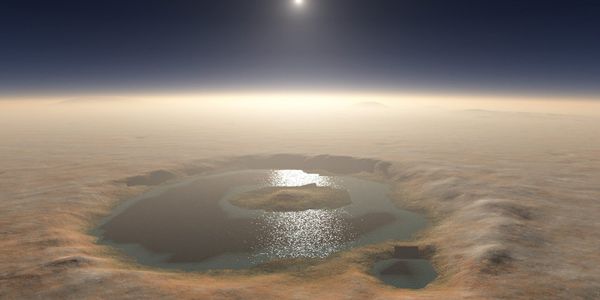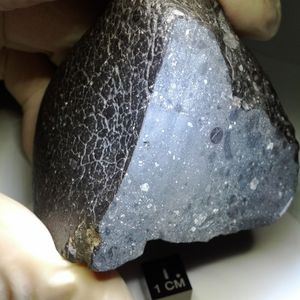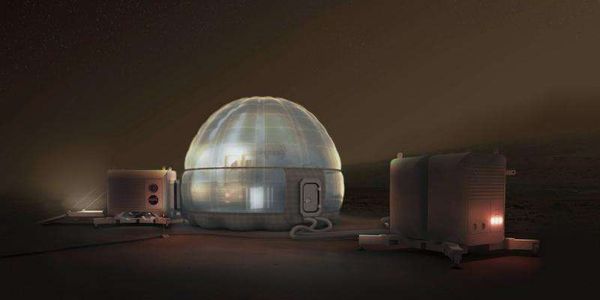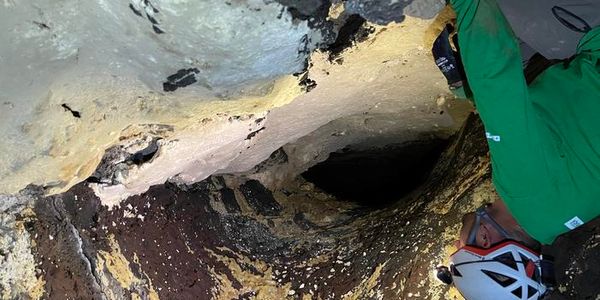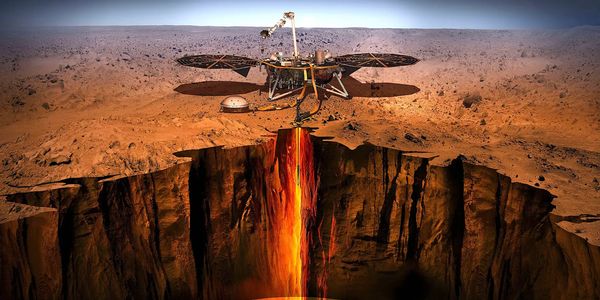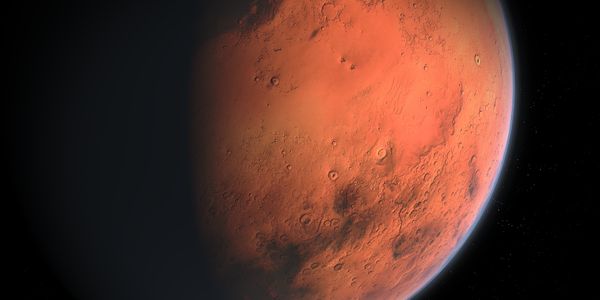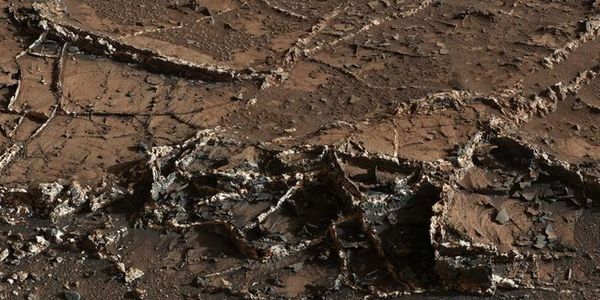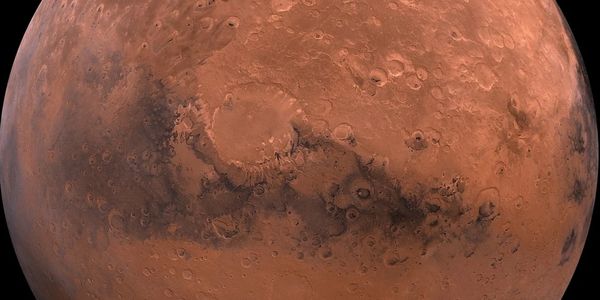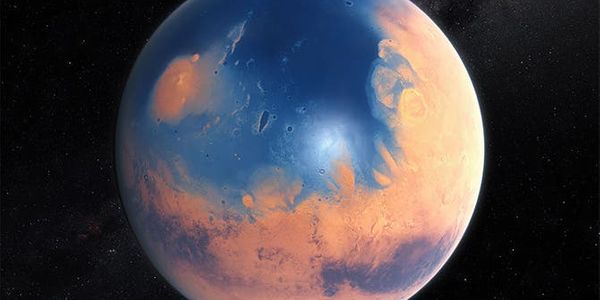Showing 6253 Results
SEARCH
Webinars
(17)
Virtual Events
(15)
Trending News
(768)
Content Tags
(3)
Users
(5423)
Scientific Products
(27)
-
Planetary scientists with NASA have spent the better part of five years analyzing the Martian surface and trying to decide where the best landing place for
NOV 10, 2016
Space & Astronomy
NASA has been observing water loss in the Martian atmosphere for one full Martian year (687 Earth days) with the MAVEN mission to learn more about the rate
Was Mars a much more habitable planet billions of years ago? This is what a recent study published in Science Advances hopes to address as an international
SEP 29, 2016
Space & Astronomy
Whenever there’s an Earthquake on Earth, the rocks that make up the ground grind against one another through the harsh vibrations. This seismic proce
AUG 22, 2018
Space & Astronomy
Just this week, NASA announced a significant milestone regarding the space agency’s InSight mission. The spacecraft, which launched from California&r
OCT 03, 2015
Videos
It seems like only science fiction has ever been able to put people on a planet to live in a controlled environment for extended periods of time,
JAN 13, 2017
Space & Astronomy
One thing NASA wants to do within just a few more decades it put mankind on Mars. Whether they’re settle there permanently, or just for several years
JUL 04, 2016
Plants & Animals
As mankind gets ever-so-closer to putting boots down on Mars’ surface, there are a lot of challenges that need to be overcome. So far, inflatable hab
AUG 06, 2022
Space & Astronomy
In a collaborative study slated to be published in Earth and Planetary Science Letters this September, planetary scientists from Rice University, NASA&
NOV 18, 2024
Space & Astronomy
What can lava tubes on Earth teach us about finding life on Mars? This is a recent study published in Communications Earth & Environment hopes to address as an international team of researchers investigated how molecular biomarkers found in volcanic lava caves on Earth could teach us about ancient subsurface Earth environments which could serve as analogs for how life could have formed and evolved on Mars. This study holds the potential to help researchers expand the locations of finding life in unlikely environments, both on Earth and other worlds, as well. For the study, the researchers examined mineral deposits in six lava tubes spread across Lanzarote, which is part of the Canary Islands off the coast of Morocco but managed by Spain. Using sophisticated methods to analyze the deposits for signs of molecular biomarkers, the researchers identified signs that bacteria was active in the lava caves long ago due to calcium and sodium sulfates their instruments found. The researchers postulate that the reason these bacteria are preserved was due to the cooling lava acting as a shield against weathering that would otherwise erode the preservations away. Image of organic-rich sulfate deposits inside a lava cave on the island of Lanzarote, Spain. (Credit: Bogdan Onac) “This study adds to our understanding of geological and environmental changes on Earth and highlights lava tubes as potential refuges for microbial life, holding significant implications for astrobiology, particularly in identifying biosignatures on Mars and other celestial bodies,” said Dr. Bogdan Onac, who is a professor in the Department of Geosciences at the University of South Florida and a co-author on the study. Lava tubes have become an increasingly crucial topic of discussion within the scientific community regarding how future astronauts could live on Mars due to the increased shielding from cosmic and solar radiation that constantly bombards the Red Planet’s surface. Now, this study postulates how these lava tubes could be catacombs for past life on the Red Planet and could help determine if life ever existed on Mars, and if it exists there today. What new discoveries will researchers make in Earth lava caves that could teach us about finding life beyond Earth in the coming years and decades? Only time will tell, and this is why we science! As always, keep doing science & keep looking up! Sources: Communications Earth & Environment, EurekAlert!, Wikipedia
OCT 25, 2016
Space & Astronomy
Last week, the European Space Agency had a giant face-palm moment after their Trace Gas Orbiter ejected the Schiaparelli Mars lander and it failed to land
AUG 20, 2015
Space & Astronomy
NASA’s Mars Curiosity Rover has been on the red planet for three Earth years, collecting information and giving scientists information to analyze so
JAN 19, 2017
Space & Astronomy
Curiosity is just one mankind’s many robotic explorers that has been sent to Mars to help observe the planet’s surface with the goal of unlocki
APR 29, 2022
Space & Astronomy
A recent study published in Nature Communications reports volcanic activity beneath the surface of Mars could be responsible for driving repetitive “
DEC 11, 2024
Space & Astronomy
What can NASA’s Ingenuity helicopter on Mars teach us about flying on other planets? This is what engineers at NASA’s Jet Propulsion Laboratory
JUN 16, 2017
Space & Astronomy
If we ever put astronauts on Mars, we’ll need to be careful in doing so, planning every little detail for their safety. Not only is it unexplored ter
APR 04, 2015
Space & Astronomy
Two-tone mineral veins at a site NASA's Curiosity rover has reached by climbing a layered Martian mountain offer clues about multiple episodes of fluid mov
JUN 28, 2024
Space & Astronomy
How many impacts occurs on the Red Planet per year? This is what a recent study published in Nature Astronomy hopes to address as a team of international r
NOV 30, 2016
Space & Astronomy
A couple of specific spots on the red planet in our Solar System, Mars, might just foster zones of interest after scientists deemed them potentially capabl
MAR 09, 2017
Videos
When small whirlwinds or vortexes of air occur, you sometimes get the chance to experience what are known as dust devils. These are essentially t
OCT 15, 2018
Space & Astronomy
When space agencies like NASA send landers and rovers to other places in the solar system to explore, one of the most challenging questions they&rs
MAR 08, 2020
Space & Astronomy
Space agencies typically send missions to Mars once every several years, depending on the need for scientific exploration and the technological cap
APR 14, 2022
Space & Astronomy
Who doesn’t like to zap things, even if only imaginary? Nearly everyone at some point in their life has yelled, “Pew! Pew! Pew!”, for fun
Going to Mars is something we Earthlings have wanted to do for centuries. By some estimates, we’ve had the necessary technology since the Apollo era.

